They might have won two wooden spoons from three seasons but the South Queensland Crushers also made a splash in top-flight Australian rugby league.
Brisbane's original second team had the game's first $1 million sponsorship: XXXX Gold on their jersey front, which was later replaced by housing giant AV Jennings.
They attracted high-profile names like Mario Fenech and Trevor Gillmeister. They even lured Wallabies star Jason Little, only for him to pull out on the morning of his signing announcement, and also had a crack at Tim Horan. Fellow Wallaby Garrick Morgan signed a three-year deal yet managed just two games before heading back to union.
More importantly, the Crushers did such a good job signing young talent that they entered a team in the Sydney under-21s premiership in 1996 and won, led by future Queensland State of Origin players Clinton Schifcofske and Travis Norton.
They averaged more than 21,000 fans at home games in their first season, playing as the only tenant of Suncorp Stadium after the Brisbane Broncos departed for QEII Stadium south of the river. The first Crushers-Broncos derby, round four of 1995, drew nearly 50,000 at QEII and they got more than 34,000 to Suncorp the following year.
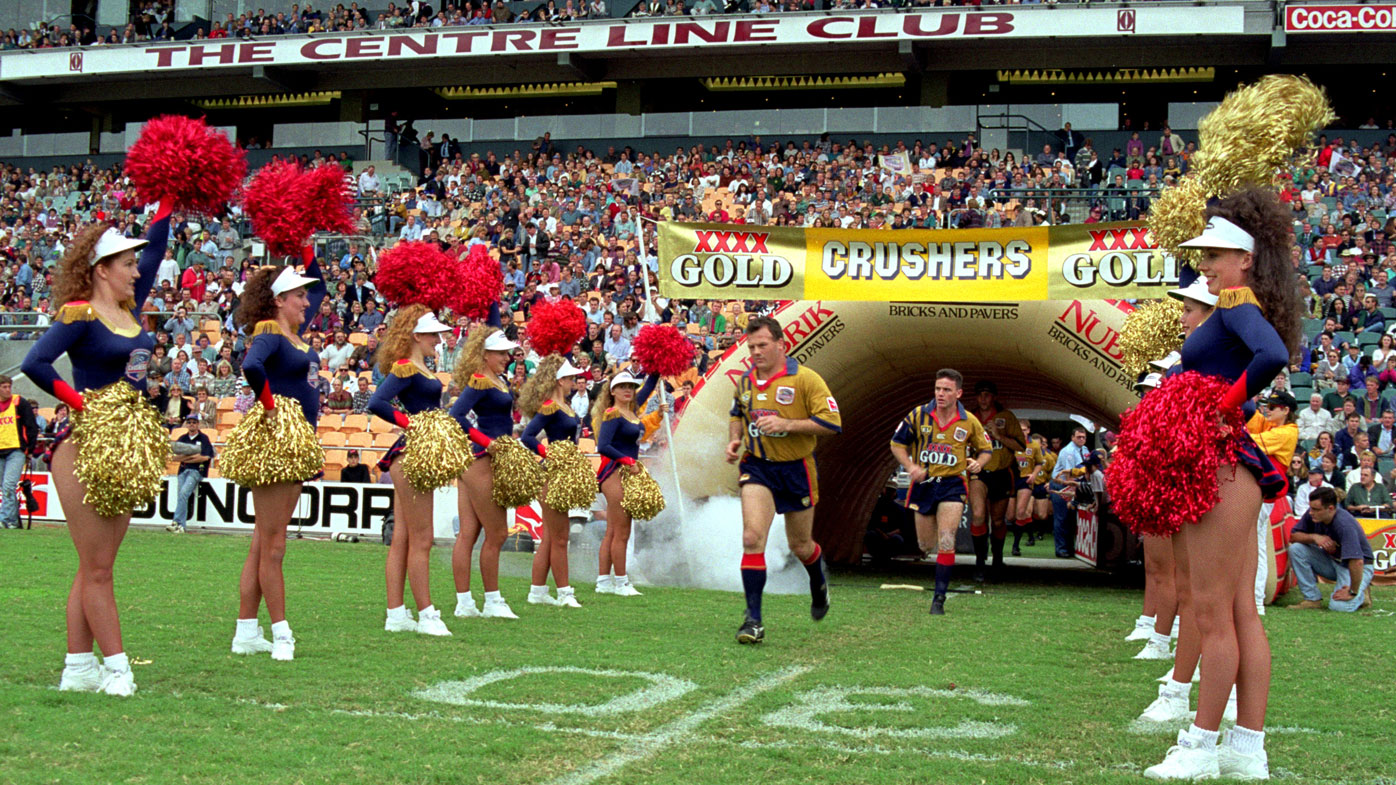
They joined the ARL in 1995, when the addition of the Auckland Warriors, Western Reds and North Queensland Cowboys bloated the competition to 20 teams; just as the Super League war was exploding. They finished 16th that first season.
Then, last, last ... extinct.
There were still 20 teams when the first season of the reunified NRL kicked off in 1998 but that was after the Melbourne Storm were introduced and the Crushers, Reds and Hunter Mariners were killed off. The ARL and News Limited were the game's co-owners and their decision was final.
"That was probably pre-empted by a News Limited decision, based on the fact I think the Broncos were keen to have one team in the town," inaugural Crushers chief executive Darryl Van de Velde told Wide World of Sports.
"And they had a really good affiliation with News, where we didn't have that. We were aligned with the ARL at the time. That was probably one of the major factors because the club itself was going OK.
"We separated the river, we had the Broncos on the south side, we on the north side, so we had a massive area we could grow, right through Redcliffe and beyond. We had a reasonably good balance of sponsorship.
"We had the leagues club there and it was pumping, that was going good. We had the academy there, we had the regional kids based in one house and had a lady come in, 10 kids in one big house near the leagues club. We had the university come in and give them an education and that was well before our time, some of the stuff we were doing there.
"That was a dark day in rugby league, I think, when they closed the doors. It limited the number of kids that once again had the opportunity to play in the NRL."
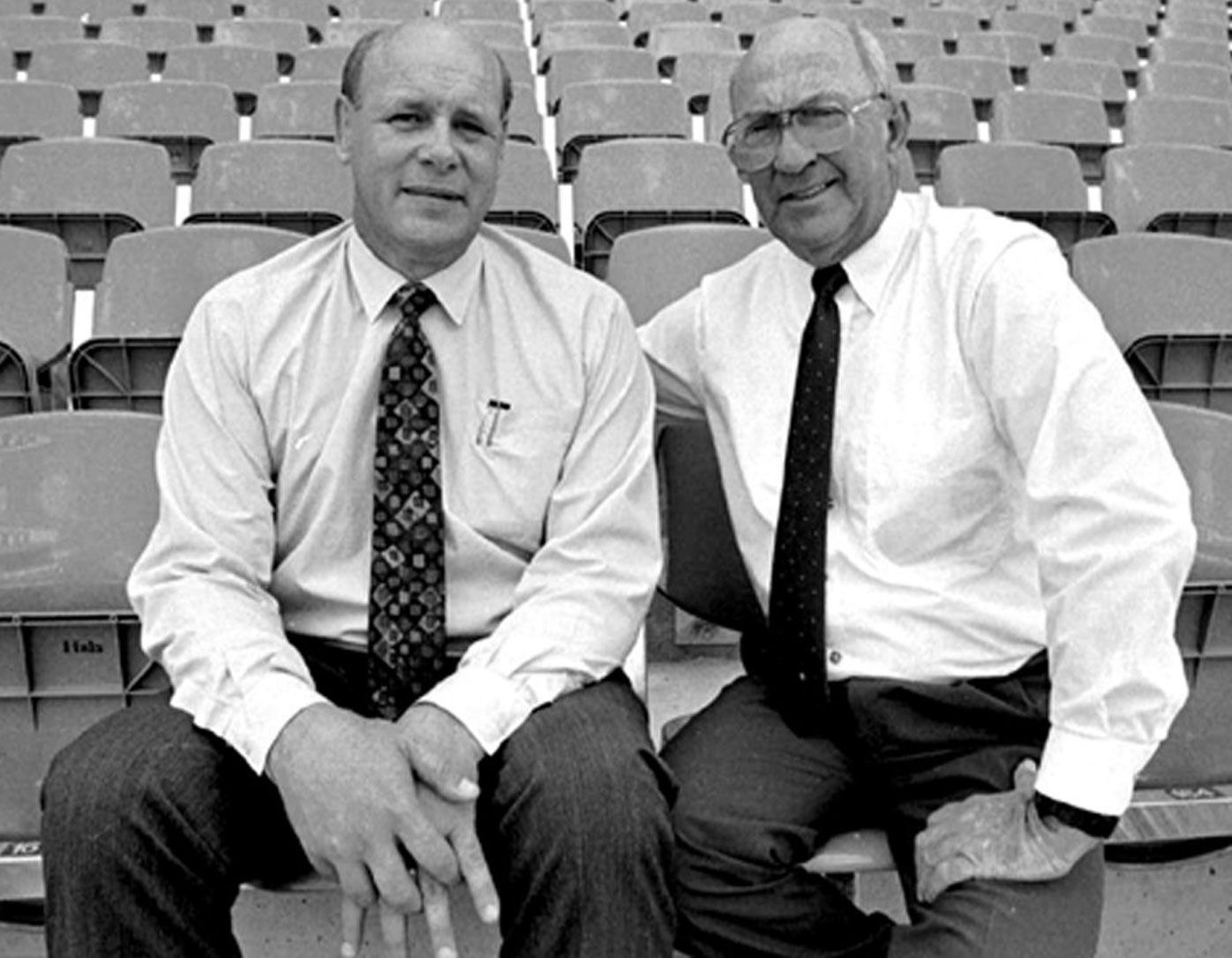
The Crushers had debts when they were liquidated, reportedly about $3 million. Crowds had dwindled along with the on-field results. They were far from a Broncos-style powerhouse, yet the club was not at death's door. It was a fledgling organisation still establishing roots, which were instead torn from the Brisbane soil.
ARL heavyweight Phil Gould told Wide World of Sports that the South Queensland club was shuttered purely to give the Broncos a Brisbane monopoly. It was a jarring decision and even more so now with the clamour for a second NRL team in the city.
"There was no failing [with the Crushers]. They were actually kicked out of the competition with money in the bank," Gould said on his Six Tackles with Gus podcast last year.
"They were financially viable, that was just political. That was the fact that the Brisbane Broncos were owned primarily by the media company; (News Corp) just flushed them out of town, they didn't want them there as competition.
"Which was a very short-sighted decision, but that was the climate at the time, that's the way the game was. Brisbane should have had two teams for a long time, for a long time. And it would have been good for the Broncos, because they need the competition up there as well. It would have helped in a lot of ways."

The Crushers would have just ticked off their 26th season had they been given a stay of execution. A derby rivalry with the Broncos would be entrenched. The club could have been anything; fellow 1995 inductee North Queensland have won an NRL premiership, while the Warriors have featured in grand finals.
All those clubs started on the back foot. The Cowboys were 1995's wooden spooners, the Warriors finished 10th. Fenech was benched at the Crushers despite being captain and fell out with coach Bob Lindner, leaving the club after just one season. Queensland Origin hero Dale Shearer was injured, playing just three games and only seven the following season.
"We didn't have a really good [winning] strike rate at senior level, based on the fact we had a lot of young kids there," Van de Velde said.
"The 20 clubs came in, so all the clubs who were in the competition currently, they signed all their players beyond the two-year timeframe [for new clubs to sign players] so we couldn't sign any. We had to pick up the players that those clubs didn't want.
"I just got some hard-heads, some experienced guys like Trevor Gillmeister and them. But we had a lot people who hadn't played at that level before, so we were always going to struggle for the first couple of years but my plan was in five years' time, these young kids were going to come through and hopefully be competitive in the finals.
"That was the plan but it didn't eventuate.
"We thought we were the only ones (new team) going in at one stage but then the Warriors came in, Western Reds came in and Adelaide Rams came in. I'm thinking, 'Jesus'.
"So what we did is we filtered down the talent, that was the problem. None of the teams went all that strong, unfortunately."
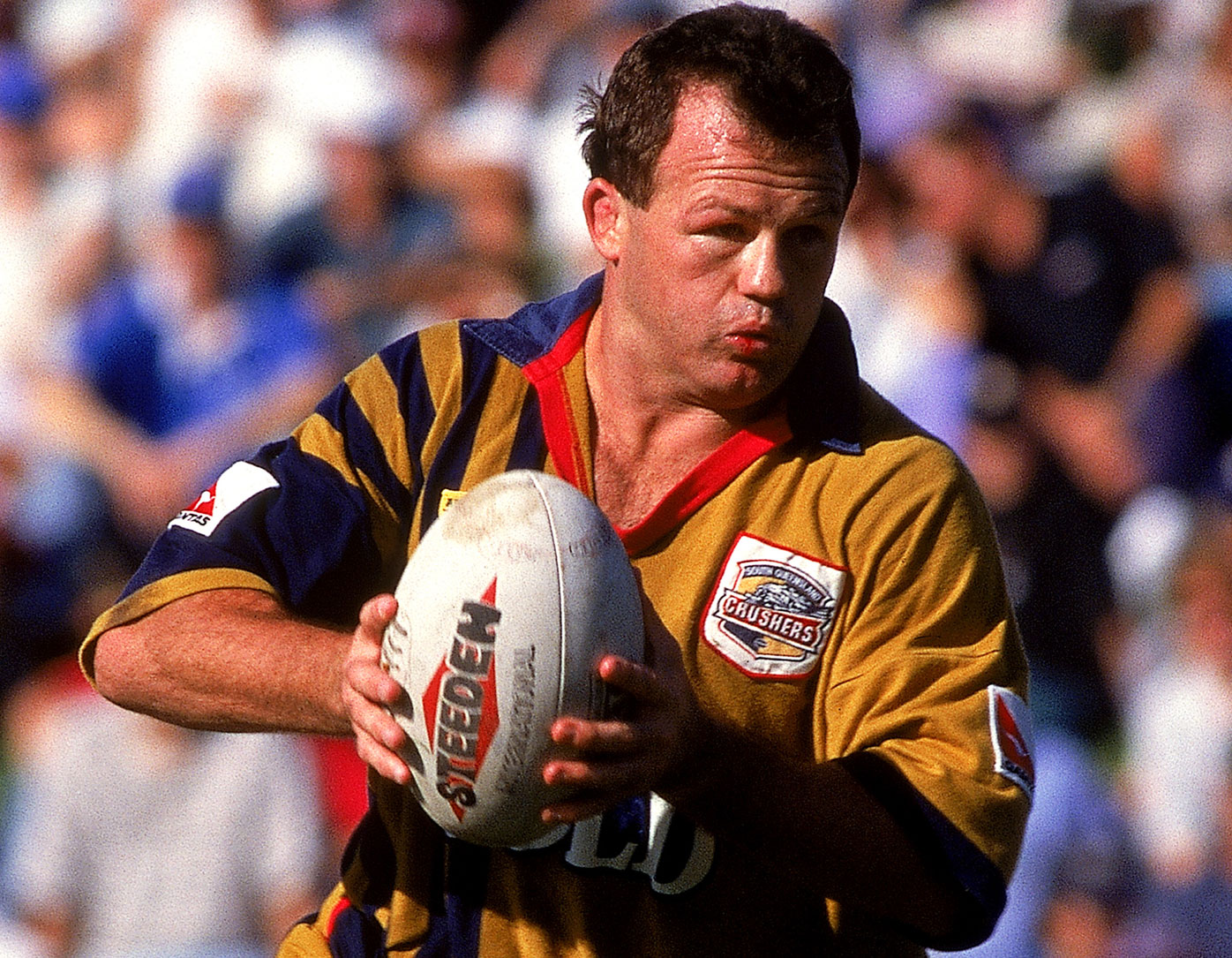
Van de Velde wonders what might have become of that brilliant under-21s crop, had those players been able to remain with the club. Schifcofske and Norton alone went on to play nearly 500 first-grade games between them.
"Those kids had never played together, they were all hand-picked, we went all around Queensland to pick those kids," Van De Velde said.
"They'd never played together, went to Sydney and won. The club had a future, I have no doubt about that, because those players went on to play at the top level for other clubs once it disbanded.
"They did well to win that comp, we had to travel away every second week, so it was a pretty bloody daunting task.
"That's the other thing I'm really keen to see with another team come in, it's going to give more Queensland kids the opportunity to play at home in the NRL and that's crucial.
"That's the jewel in the crown, State of Origin, and we've got to make sure we continue to be competitive. It's important, we've really only got three clubs up here and you could probably bring Melbourne in too, so four clubs. NSW have got far more, nearly triple the amount of clubs.
"We've just got to be really conscious of that part of it. I know our players go down there and play at NSW clubs but we should have another team up here, I've got no doubt about that."
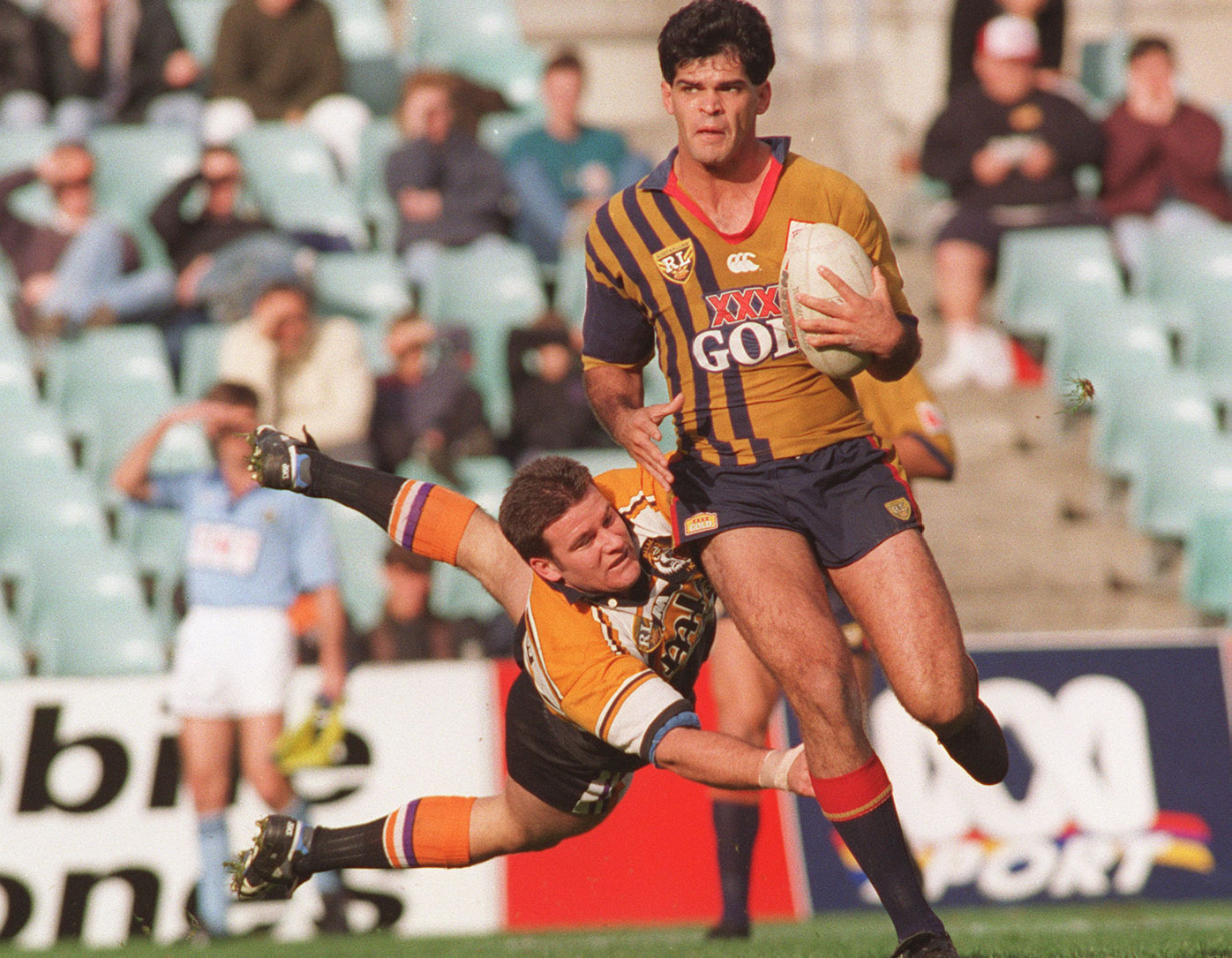
The Crushers discovered a genuine appetite for a second Brisbane team. That appetite persists. As Broncos great and current director Darren Lockyer told Wide World of Sports last year: "The Broncos aren't everyone's cup of tea in Brisbane, so I think a second team would be supported from the fan base."
Van de Velde recalls: "That was the real key ingredient for us, the people who didn't like the Broncos, who were disenchanted by the Broncos. They came to us even though we weren't winning football games. We were getting 20,000 people at the game, even though we weren't winning.
"We picked up the first million-dollar sponsor, XXXX Gold, nobody had a million-dollar sponsor at that time. They were heady days, good days and I really enjoyed it.
"But it was a bloody challenge. We had no staff, the staff here would work sometimes until two o'clock in the morning, they were outstanding. Just to get the thing up and running. It was pretty exciting times.
"I've got no doubt there is [appetite for a second Brisbane team] and when the Crushers were there, there was always the appetite.
"The financial wherewithal wasn't there but I think that's changed. There's some reasonably well-heeled second-tier competition teams now, like Redcliffe and Easts."
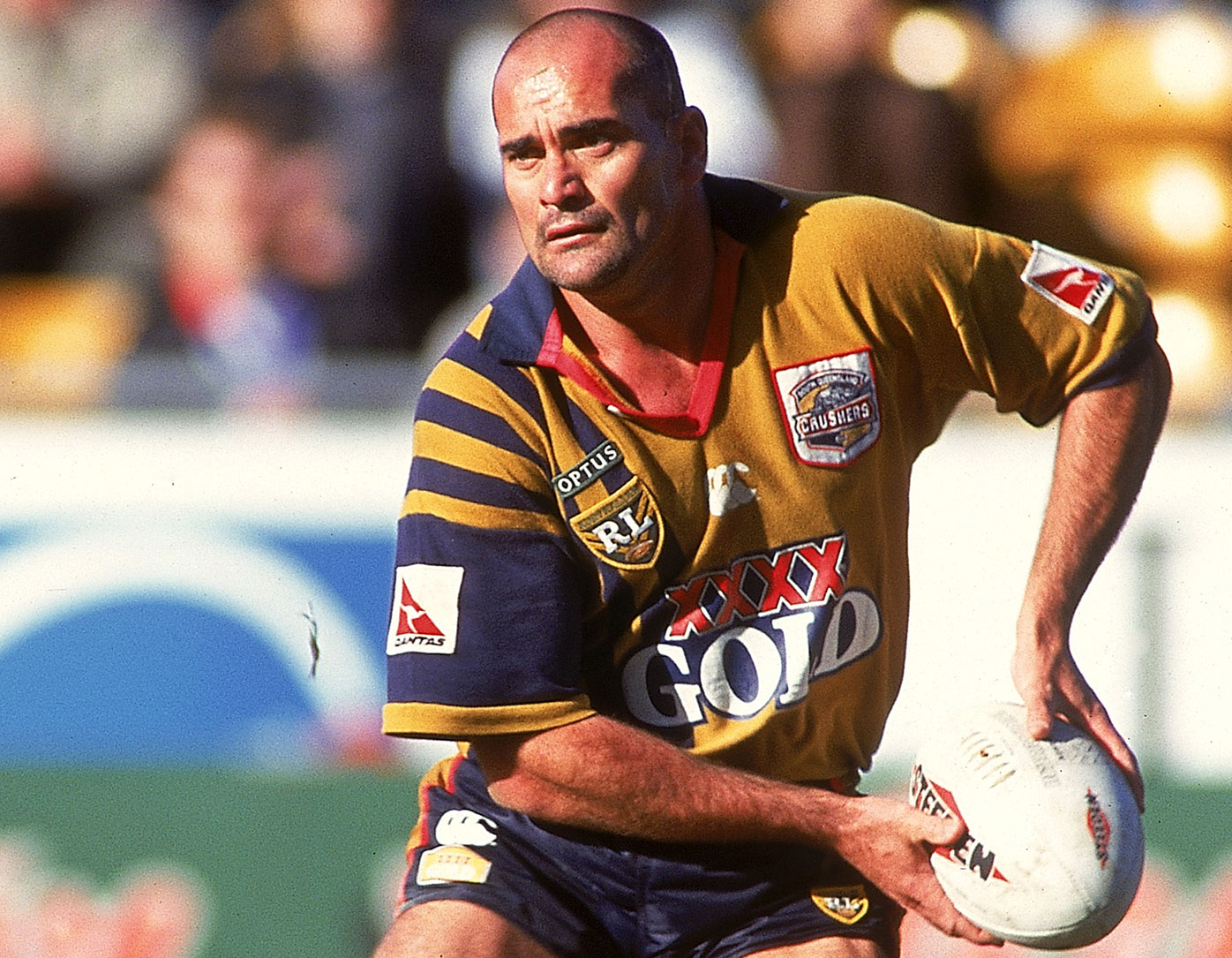
Redcliffe Dolphins, Easts Tigers (as Brisbane Firehawks), Western Corridor (backed by Ipswich Jets) and Brisbane Bombers are the four current bids for the second Brisbane team, which would become the NRL's 17th franchise. ARL Commission chairman Peter V'landys has pencilled in a new Brisbane club for 2022, or perhaps 2023 after the financial challenges imposed by COVID-19.
By the reckoning of Wayne Bennett and also Van de Velde, Redcliffe is the obvious No.1 contender. The Dolphins are a powerhouse Queensland club boasting assets of more than $100 million. They have a 40,000-member leagues club, plus a shopping centre with Coles as the anchor tenant.
The football infrastructure is also first-rate, including a gym and aquatic centre. Dolphin Stadium has been redeveloped into an 11,500 capacity boutique venue, an excellent training base that could host games; though Suncorp Stadium would be the club's primary home ground in the NRL.
Van de Velde has urged the club to consider also playing a game per season on the Sunshine Coast and change the name of the NRL team to reflect a broader area than just Redcliffe. The Dolphins would immediately be one of the NRL's richest clubs if accepted, yet may still need pragmatism.
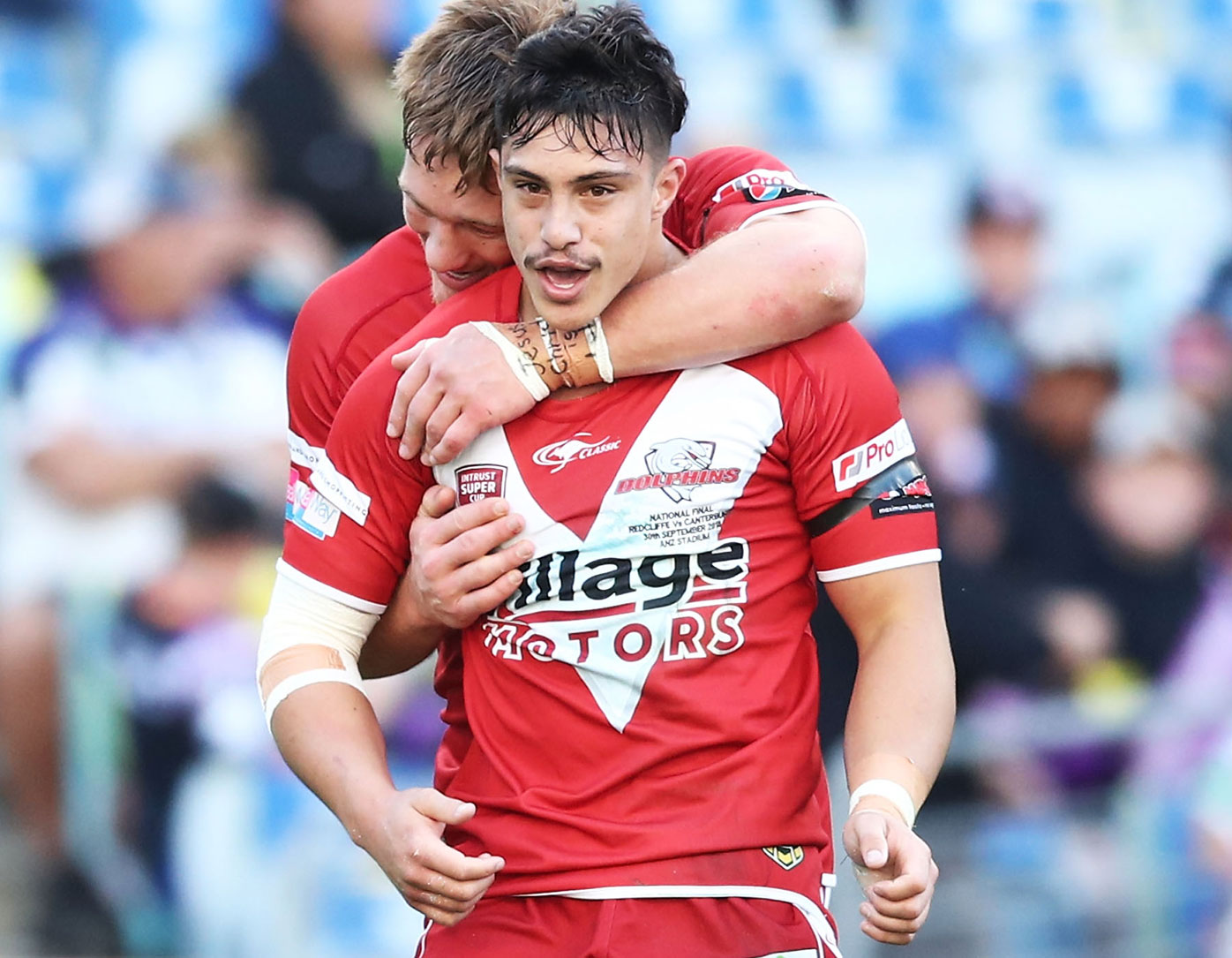
"They need to pick up probably Sunshine Coast and places like that to get the fan base," Van de Velde said.
"And not call themselves Redcliffe Dolphins, call themselves South East Queensland Dolphins or something like that, so they can embrace a bigger catchment area, which will be crucial to helping them fund the operations.
"There's going to be 70-80,000 people in that corridor from Sunshine Coast to Redcliffe, it's massive. All around those places now, there's bloody houses going up by the dozen. They need to embrace that because that is a massive growth area.
"Redcliffe's got to be really careful - and I'm a Redcliffe person too, because I coached there a couple of years and I played there one year - how they brand that club. It can't be Redcliffe Dolphins, they've got to try and grow a bigger catchment area because that's where your fan base is going to come from."
Whoever it proves to be, it seems likely that the NRL will have a second Brisbane team playing out of Suncorp Stadium in the next couple of years. There will be a game at the venue virtually every weekend, two television games for the league-hungry Brisbane market, plus a Brisbane derby that will draw huge crowds and bring a long-awaited rivalry to the city.
All wonderful things ... yet things that the NRL could have enjoyed for the past quarter-century, had the Crushers not been killed off.
from WWOS https://ift.tt/2IXmQZn
via IFTTT
No comments:
Post a Comment